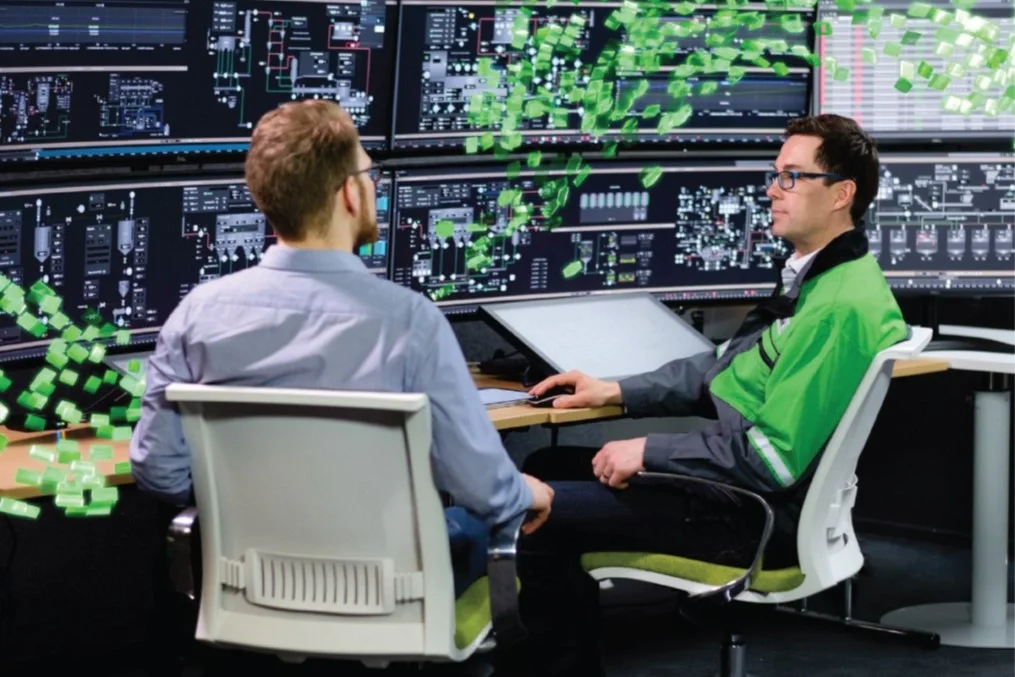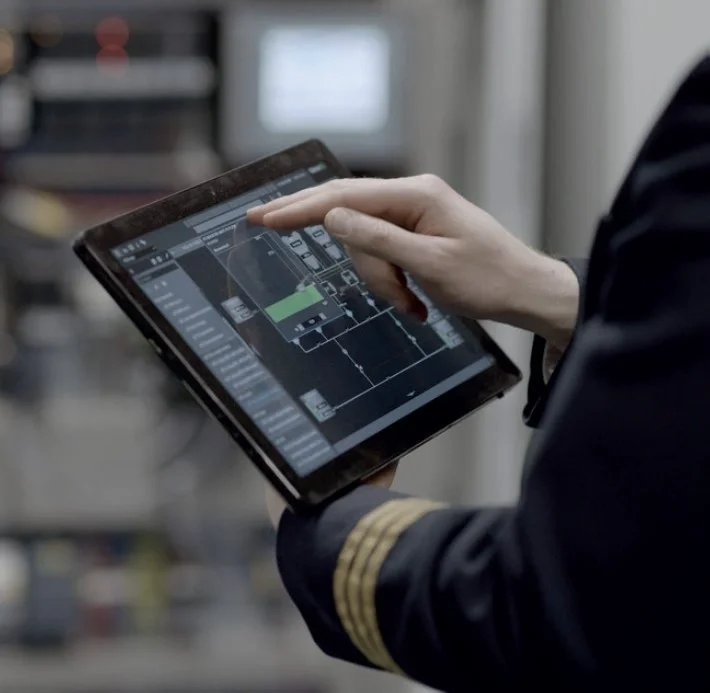For cruise lines, balancing safety with adventure has always been a top priority. Now, by harnessing the power of augmented reality, cruise ships will have a much easier time doing just that.
For maintenance crews and owners alike, augmented reality unleashes a ‘Pokémon Go’ phenomenon on board vessels. Known originally for being used in virtual games, augmented reality is now quickly catching on in other applications, where the overlaid sensory information is interwoven with the physical world to create an immersive experience for the user.
Augmented reality is being implemented on all types of ships because of the huge benefits it offers. And companies like Valmet, a pioneer in applying augmented reality on vessels, enable ships to avoid uncertainty or inexperience by providing real-time expert help and on-time maintenance activities.
Wherever a ship goes, the crew can use smartglasses, smartphones or tablets to overlay text, images or videos over the ship’s physical components that need work. Then the crew can immediately be joined at the task by a team of specialists that guide them remotely from international service centres. Together, they can diagnose and solve problems quickly and safely.
Augmented reality prolongs the life cycle of the vessel by being able to take a proactive approach to maintenance and repair.
Helping to visualise solutions
In practice, augmented reality helps maintenance crews understand and communicate information in a better, more visual way, opening a channel for virtual interaction with others who are ready to help.
A vessel’s electrician, for example, can have a Pointr application on a tablet for indoor positioning to explain a fault in a specific automation cabinet or controller. Or crew members can use Microsoft HoloLens smartglasses to make a report, order spare parts or take notes on which devices may require maintenance or need replacement soon.
Additionally, a maintenance technician can be directed to the exact location of a component, valve or measuring device in need of a check. All tasks can be performed hands-free, without the need for returning to the control room or maintenance shop. Plus, any noise that could interfere with communication in a ship environment is no obstacle. The maintenance history of that specific component is displayed so that additional testing can be initiated, allowing accurate repair that can be predicted and planned before any breakdown occurs at sea.
Improving safety and providing longevity
Not only does augmented reality facilitate a quicker response time, leading to greater safety on board, it also prolongs the life cycle of the vessel by being able to take a more proactive approach to maintenance and repair. Furthermore, the technology is revolutionising repair prediction and lowering the cost of maintenance for cruise ships. The new technology also provides a more engaging way to train crew members. The tasks can be repeated as many times as needed, considerably saving time and money since the crew can be educated aboard the actual ship on which they are working.
Augmented reality is no longer an out-of-this-world idea for the future of cruise ships. It’s here now, with effective tools that mean maintenance operations are as spectacular as the impressive passenger experiences that are taking cruise lines to the next level.





